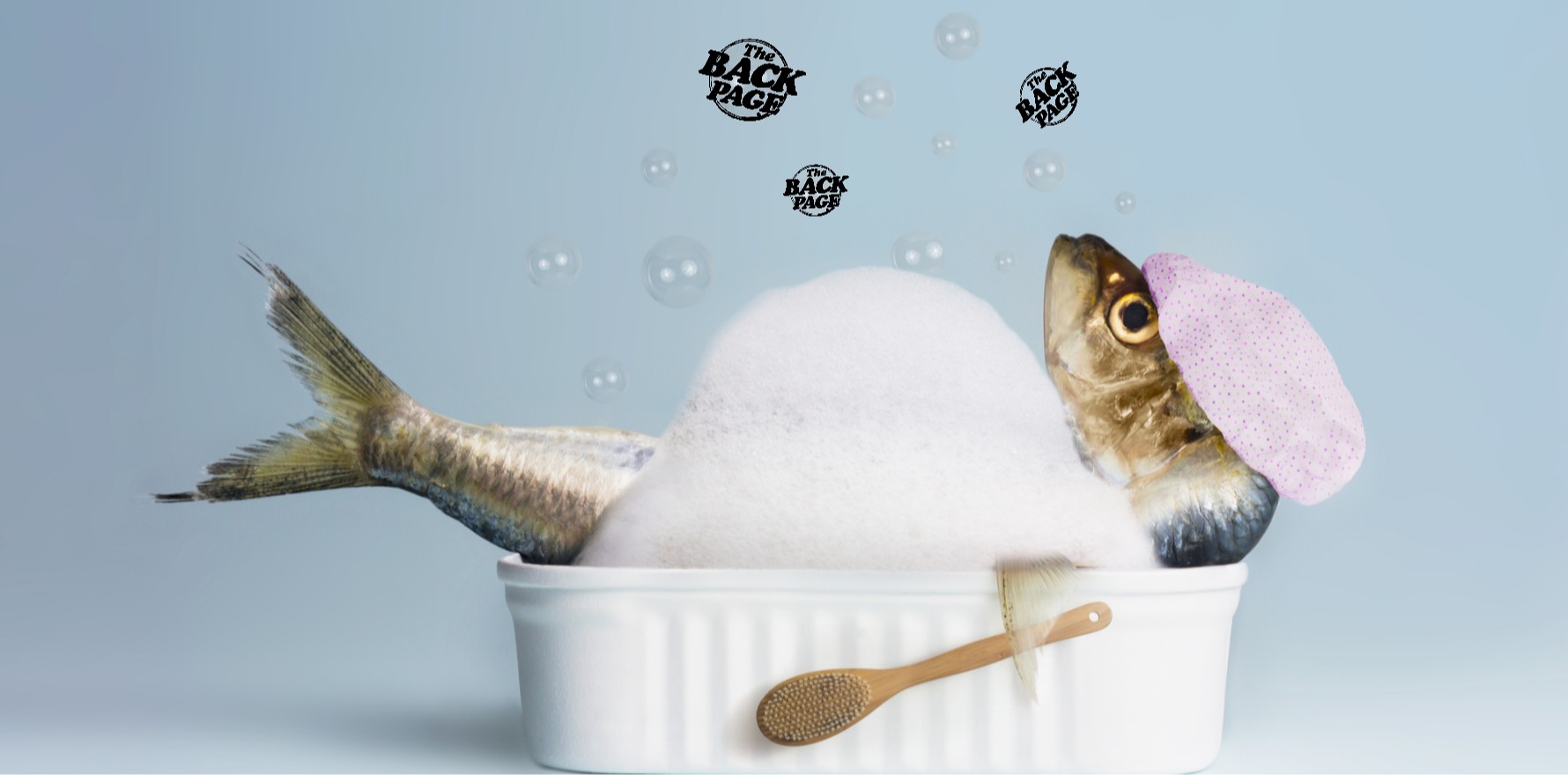When it comes to medical waste, treatment plants are making things worse.
Another day, another example of how humanity has become the planet’s nightmare tenant hellbent on laying waste to the only place we have the wherewithal to afford.
The latest environmental atrocity to catch your correspondent’s eye comes via researchers in Poland who have been analysing the contents of wastewater before and after the water is processed in treatment plants.
In particular, our boffins have been looking at the amounts of medical drugs in wastewater before processing and compared them with the amounts in the “clean” water released from the plants.
Their findings, published last month in the journal PLOS One, do not make for relaxing reading, unless you happen to be a depressed or panicky fish with allergies.
It would be forgivable to assume, as a layperson, that the purpose of a wastewater treatment plant would be to remove, or at the very least significantly reduce, the amount of chemical nasties such as medical drugs in the water before it is released back into the wild.
Forgivable, but wrong, according to the researchers at the Institute of Environmental Protection, National Research Institute in Warsaw.
Counterintuitively, when it comes to treatment processes it seems the common methods not only do not remove medical drugs that made their way into the wastewater, but in some cases the processes actually concentrated the amounts of the drugs flowing into the natural environment.
In the study, researchers collected samples from six municipal wastewater treatment plants in Poland to investigate their ability to remove more than a dozen common pharmaceuticals.
They then measured the levels of drugs coming into the plant in the wastewater and determined how much was discharged to the environment in the treated water and sludge.
The bad news was all six wastewater treatment plants were found to be releasing pharmaceuticals into the environment, with only the pain reliever drugs naproxen and ketoprofen and the antihistamine salicylic acid being effectively removed during the treatment process.
Even worse, for some pharmaceuticals, including the antidepressant fluoxetine, the pain reliever diclofenac, and the anti-seizure drug carbamazepine, the treatment processes actually led to higher levels of the compounds in the discharged water than in the original wastewater, the researchers said.
At the levels being found in the released water, fluoxetine and the allergy drug loratadine, in particular, posed the greatest risk to aquatic organisms, due to their ability to disrupt hormone signalling and development, they added.
“The study’s findings demonstrated that municipal wastewater treatment facilities using conventional mechanical-biological processes are ineffective at removing pharmaceuticals from wastewater,” the study authors said in a media release.
While it’s fair to say much of the developed world has come a long way from the days of London’s Great Stink of 1858, where a combination of unseasonably warm weather and the unregulated dumping of human, animal and industrial waste into the Thames river managed to render the central city virtually unliveable, we still have a journey ahead when it comes to truly addressing our waterways pollution.
Flush your potable story tips down the intertubes to Holly@medicalrepublic.com.au.


